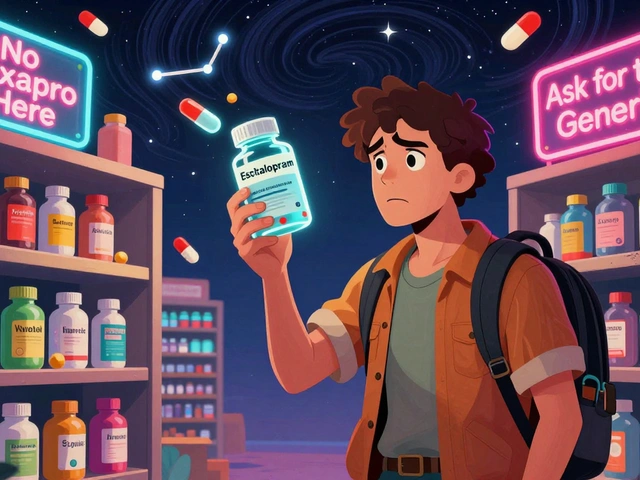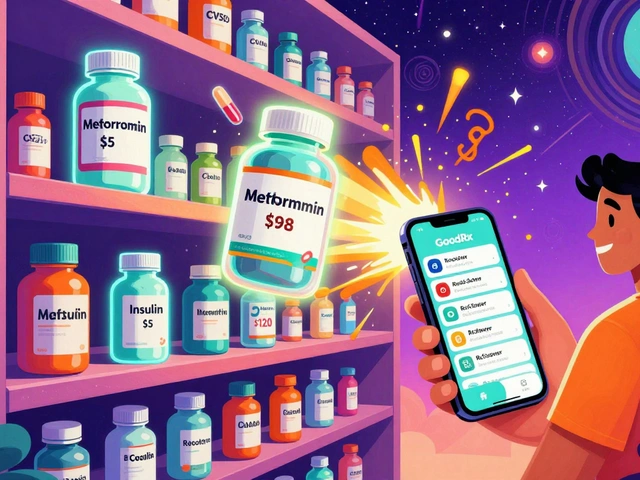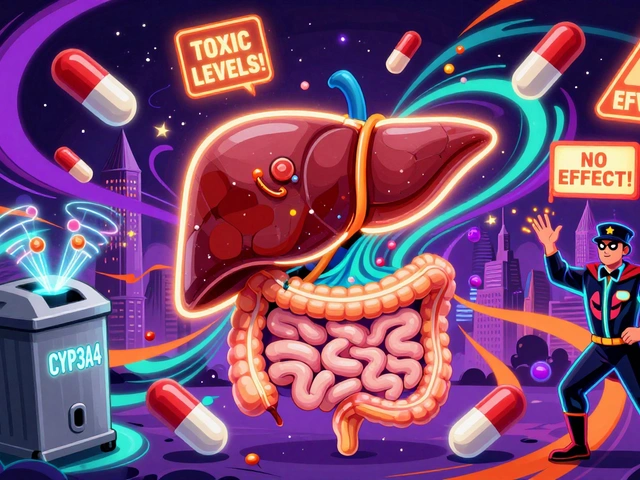Ulcer Prevention: How to Keep Your Stomach Safe
When talking about Ulcer Prevention, the effort to avoid damage to the stomach lining that leads to ulcers. Also known as peptic ulcer prophylaxis, it requires understanding several related factors. One of the biggest players is stomach ulcer, the painful sore that can develop when the protective mucus layer erodes. Another core element is H. pylori infection, a bacterial culprit that weakens the lining and triggers inflammation. Finally, everyday medicines like NSAIDs (non‑steroidal anti‑inflammatory drugs) can tip the balance toward injury if not managed properly.
Key Players That Shape Your Risk
Think of ulcer prevention as a three‑part puzzle. First, diet and lifestyle set the stage: spicy foods, excessive alcohol, and chronic stress can all increase acid production, making the lining more vulnerable. Second, the presence of H. pylori acts like a hidden thief, breaking down mucus and inflaming cells. A simple breath test or stool exam can confirm if you need eradication therapy. Third, the use of NSAIDs such as ibuprofen or naproxen creates a chemical environment that reduces prostaglandins, the compounds that normally protect stomach walls. When you combine any two of these factors, the chance of a stomach ulcer jumps dramatically.
Medical science offers several tools to break this cycle. Proton pump inhibitors (PPIs) like omeprazole suppress acid secretion, giving the lining a chance to heal. For people who cannot stop NSAIDs, doctors may prescribe a low‑dose PPI alongside the pain reliever. Another option is H. pylori eradication therapy, typically a two‑week course of antibiotics plus a PPI, which removes the bacterial trigger altogether. Together, these interventions illustrate the semantic triple: “Ulcer prevention requires managing H. pylori, limiting NSAID exposure, and using acid‑reducing medication.”
Beyond prescription meds, everyday choices matter a lot. Chewing gum after meals can boost saliva, which neutralizes acid. Eating fiber‑rich foods—like oatmeal, berries, and legumes—helps regulate digestion and may lower ulcer risk. Staying hydrated and avoiding smoking also protect the mucus barrier. If you’re an athlete or have chronic pain, talk to your doctor about alternative pain management strategies, such as acetaminophen or topical agents, to reduce reliance on NSAIDs.
All of these points—diet tweaks, bacterial testing, careful drug use, and targeted therapy—form a comprehensive roadmap for staying ulcer‑free. Below you’ll find a curated list of articles that dig deeper into each of these topics, from the science behind H. pylori to step‑by‑step guides on using PPIs safely. Use them to build a personalized plan that keeps your stomach lining strong and pain‑free.
Stress and Stomach Ulcers: How Stress Triggers Ulcers
Explore how chronic stress interacts with stomach ulcers, the science behind cortisol and acid, and practical steps to prevent ulcers through stress management.





